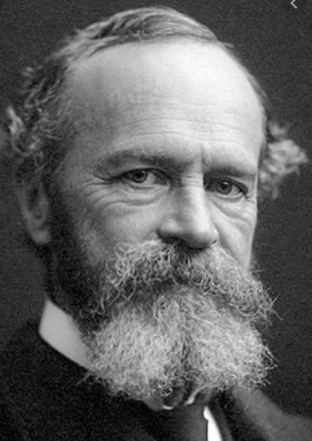I want to give you a sense of what kind of astrology I am doing. First, I view biographies through astrological filters. These filters are combinations of major planetary aspects. When I search through the millions of Wikipedia biographies, I find those who were born during recurrences of the same planet figure. In my years of experience, I find that “astrology works” in this sense: some persons born under similar planet figures will: 1) stand out because they exemplify the symbolism of those aspects; and 2) show parallels because they stand out in analogous ways.
I’ve been studying a pressing question for astrologers who wish to understand planet combinations by seeing them in real life. Can we see differences between the bios of people born under different planet figures? The idea is to pick combinations that are distinct from each other. We are looking for sharp symbolic contrasts.
The other thing we are looking for when selecting a planet figure is its rarity. Knowing the relative rarity of the coinciding events near birth enables us to identify and highlight the planetary aspects that mark a nativity because they are its rarest features. Since events that coincide more closely result in a rarer figure, this makes it possible to narrow the search to a smaller cohort by choosing these events.
I’ve found notable people born under each of two planet figures. In one group are four subjects born during three Sun-Venus-Neptune stelliums, in 1795, 1881, and 1935. In recent studies of these four, I characterized them as “visionary nature spirits” (Keats and Oliver) and “charismatic hypnotists” (MacLane and Erhard). Do they reflect different sides of Neptune? Here are links to their Wikipedia pages:
http://en.wikipedia.org/wiki/John_Keats
http://en.wikipedia.org/wiki/Mary_MacLane
http://en.wikipedia.org/wiki/Werner_Erhard
http://en.wikipedia.org/wiki/Mary_Oliver
Four other subjects were born during a single Sun-Mars-Saturn-Uranus stellium in 1897. That four-planet pile-up is unique within a 600-year range. I wasn’t looking for Uranus, but it was part of the Sun-Mars-Saturn huddle I found. This is as far from Sun-Venus-Neptune as I can imagine, symbolically speaking. What might we expect of such a combination? If you’re imagining major, world-class badassery, you’ll not be disappointed. These four men were all born Nov 21-26, 1897:
http://en.wikipedia.org/wiki/Vito_Genovese
http://en.wikipedia.org/wiki/Karl_Gebhardt
http://en.wikipedia.org/wiki/Lucky_Luciano
http://en.wikipedia.org/wiki/Zhang_Guotao
If there were a theory of “time waves” that manifest the symbolic activity of the planets over time, then this could perhaps be considered evidence in support of that theory. In the absence of any such theory, I still have a clear intuition of the hidden factors behind this phenomenon. I do see this as evidence of the symbolic activity of the planets over time, an activity of an intelligible nature.
Below are links to four video segments from our Zoom class of Saturday, Jan 29. The first two segments cover the group comparison just introduced above. The Trump segment is included by popular demand. The closing discussion is between Dale Nelson and myself, with some observations that I hope are helpful for making sense out of this novel astrological method.
These videos are far from perfect, but I think they are worth sharing.
Chart and Bios for the Su-Ma-Sa-Ur group:
http://www.youtube.com/watch?v=xg1vWQDp3u0
Charts and Bios for the Su-Ve-Ne group:
http://www.youtube.com/watch?v=PlDrR9VAEbE
Trump counterparts:
http://www.youtube.com/watch?v=_qCznPMLaNY
Closing discussion:




